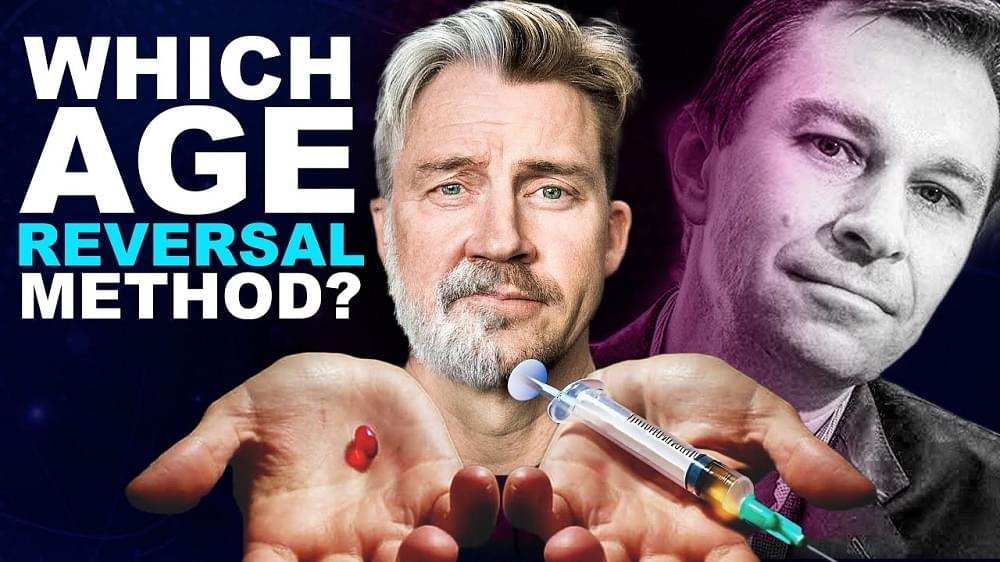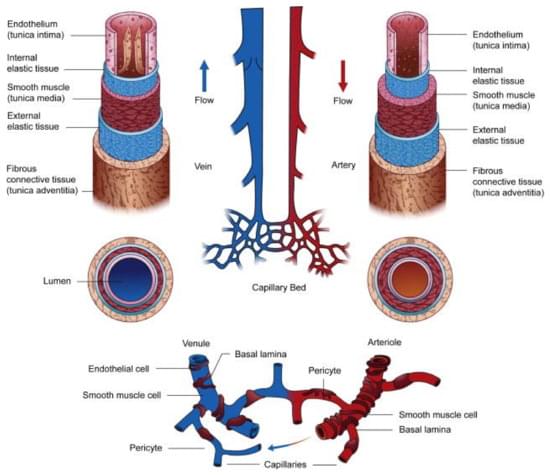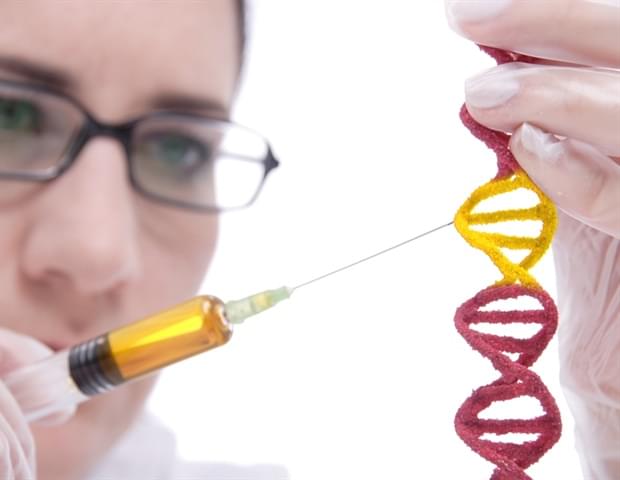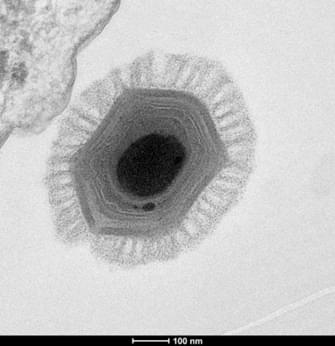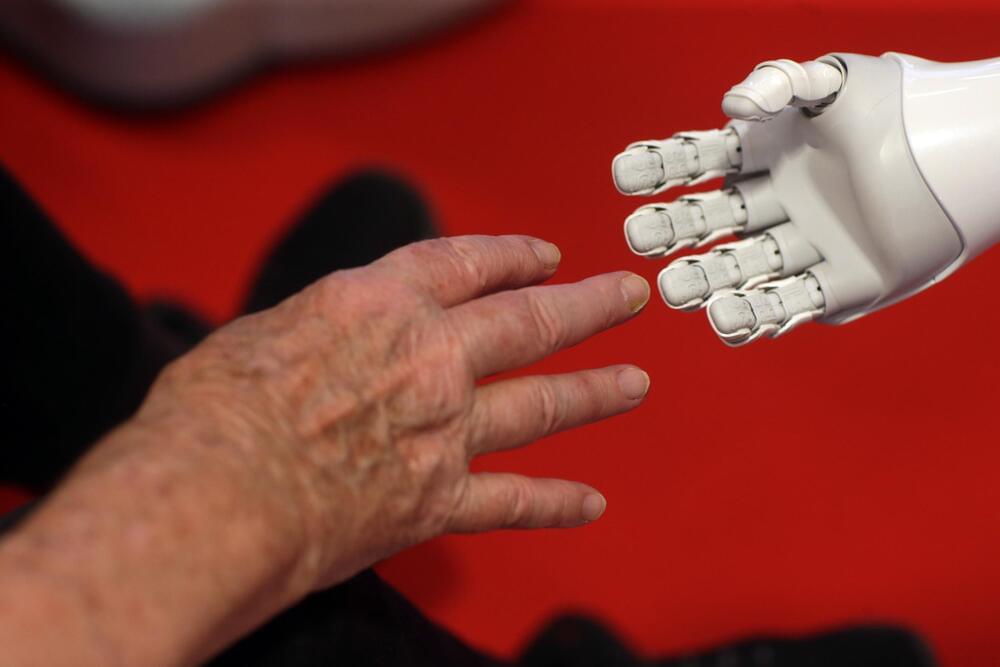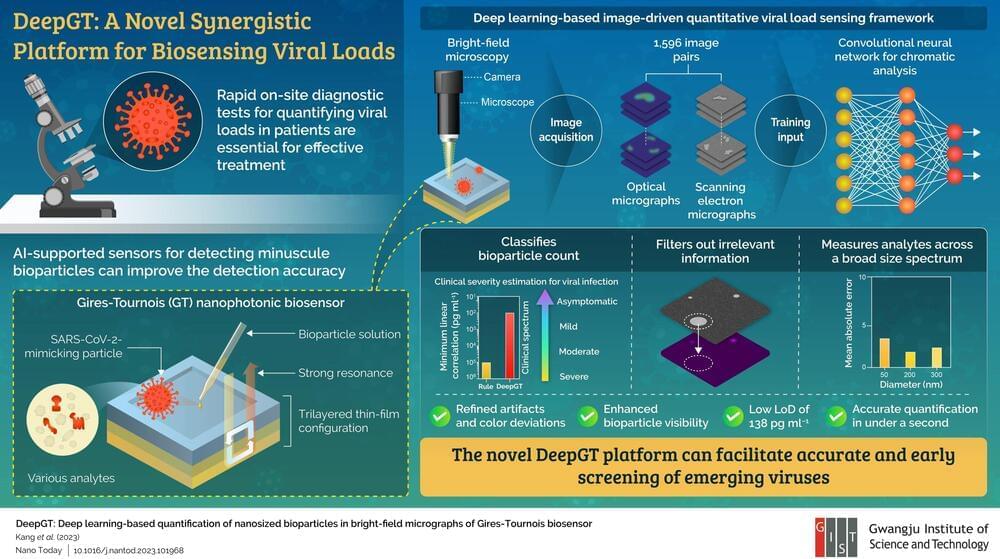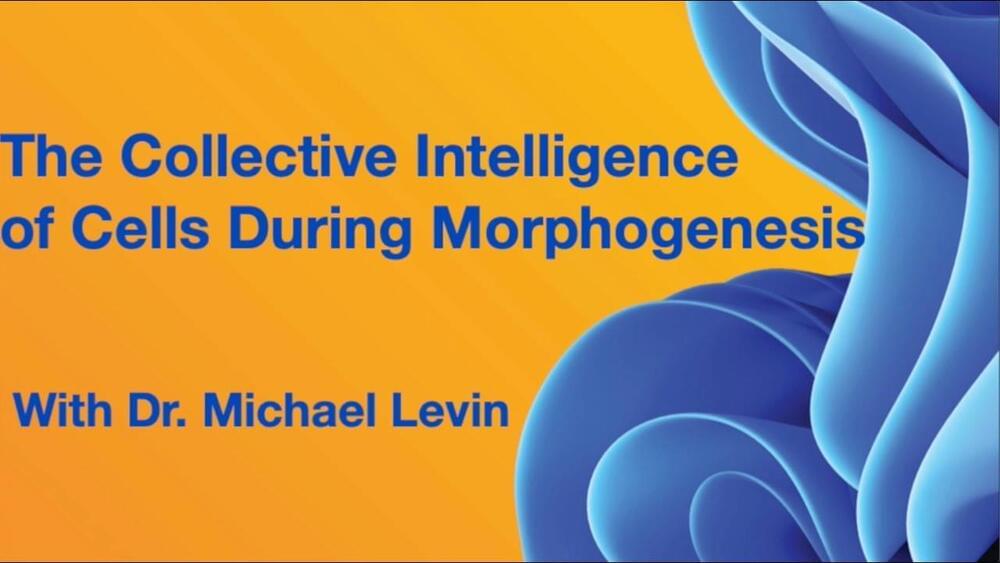Nov 1, 2023
At Abundance 360, David Sinclair made quite a number of encouraging comments about the future of aging research, including methods of resetting epigenetics to a youthful state
Posted by Montie Adkins in categories: bioengineering, biotech/medical, chemistry, genetics, life extension, Peter Diamandis, robotics/AI
Emmett Short discusses these comments on this episode of Lifespan News.
But first, the mad scientist David Sinclair, this time with Peter Diamandis at Abundance 360, giving more details into human trials for the genetic engineering side of the technology versus the chemical and pill side of the technology. Which would you want more? We’ll also hear David’s thoughts on how AI will affect the advancement of this tech. Spoiler: A lot. I’m going to play the best parts and add my commentary along the way.
